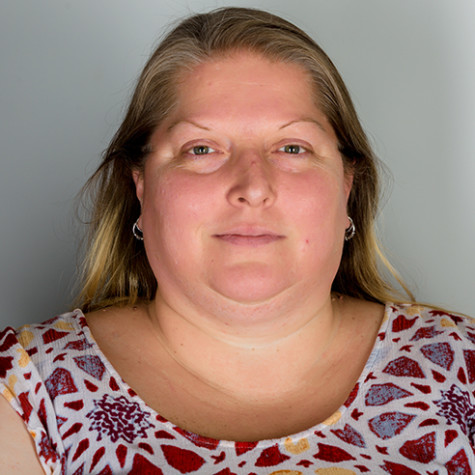Most U.S. college students have heard some variation of “LGBTQ.” The acronym commonly stands for Lesbian, Gay, Bisexual, Transgender/Transsexual and Queer. This is a good start, but there are many sexual and gender identities being left out with these five letters. Some people add words to be more inclusive, but trying to include everyone creates a confusing alphabet soup.
Here is a brief glossary of some of those letters. Such a glossary will never be complete. The vocabulary for who and how some feel they are doesn’t exist yet.
Lesbian: a person who identifies as female (regardless of physical gender or appearance), who is attracted only to other people who identify as female.
Gay: a person who is attracted only to other people who identify as the same gender. Commonly applied to men who love men, “gay” is sometimes used by lesbians as well.
Bisexual/Pansexual: a person who is attracted to others regardless of their gender identity. “Pansexual” is becoming more popular than “bisexual” because many object to the implication that only two genders exist. Others differentiate the terms along the line between binary and nonbinary gender, and use both accordingly.
Transgender: a person whose gender identity does not conform to their physical sex. A transgender person may or may not choose to undergo sex reassignment procedures.
Transexual: a person who has undergone or plans to undergo medical procedures to change their body to match their gender.
Queer: a person who is not attracted only to people of the opposite gender, or who does not identify only as the biological sex with which they were born.
Cisgender: a person whose gender identity matches the biological sex with which he or she was born.
Asexual: a person who is not sexually attracted to others. An asexual person may or may not be aromantic.
Aromantic: a person who is not romantically attracted to others. An aromantic person may or may not be asexual.
Gender fluid: a person whose gender identity varies over time, whether day-to-day, year-to-year, or anywhere in between.
Gender-neutral: a person who does not identify with any specific gender. Gender-neutral people may wish to be addressed with a gender neutral pronoun, such as “them,” “e” or “ze.”
Intersex: a person who was born with both male and female physical sexual characteristics. An intersex person may hold any gender identity.



